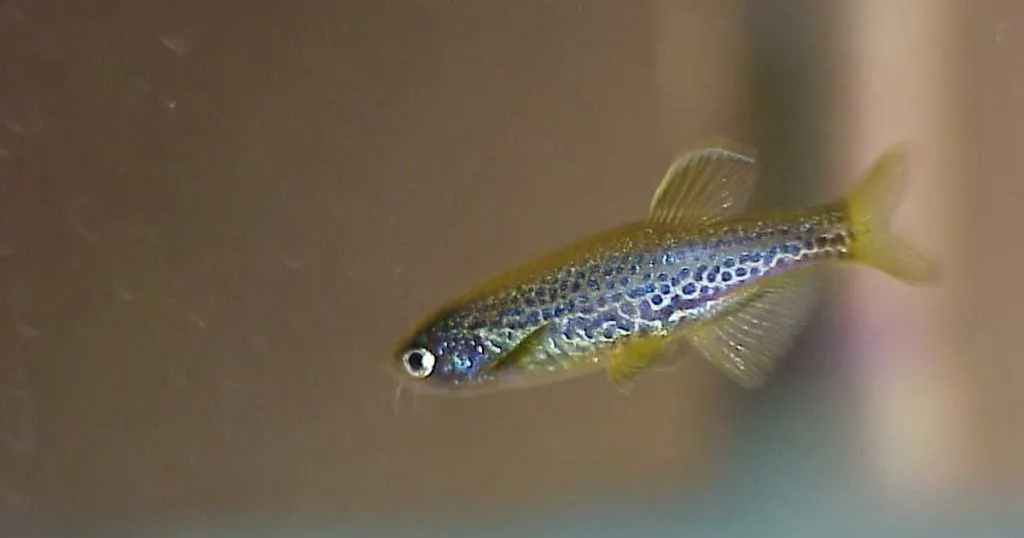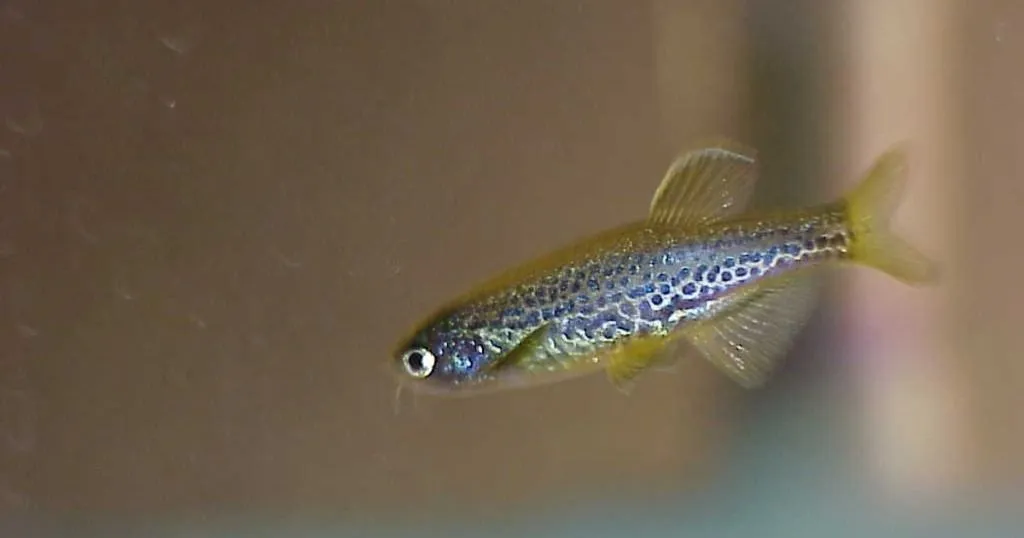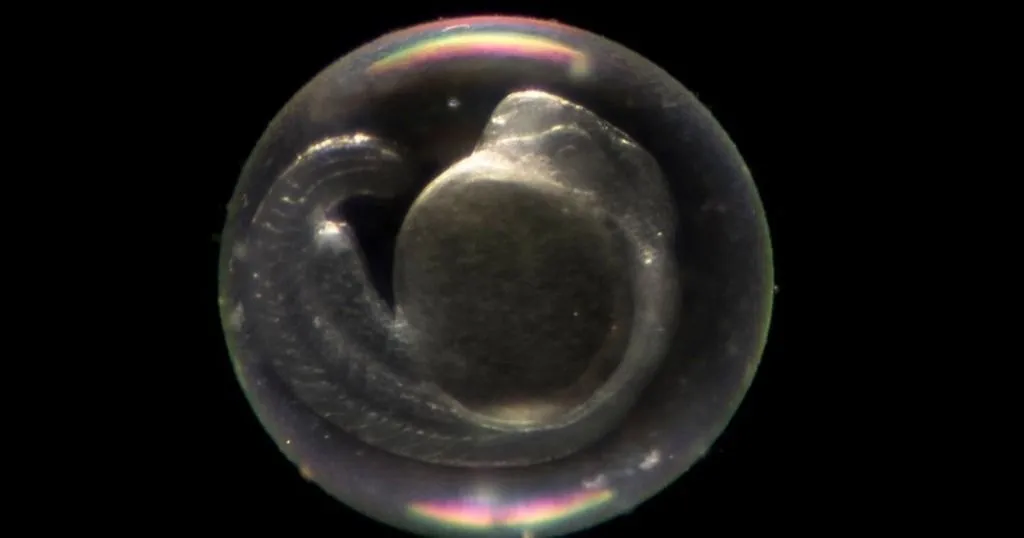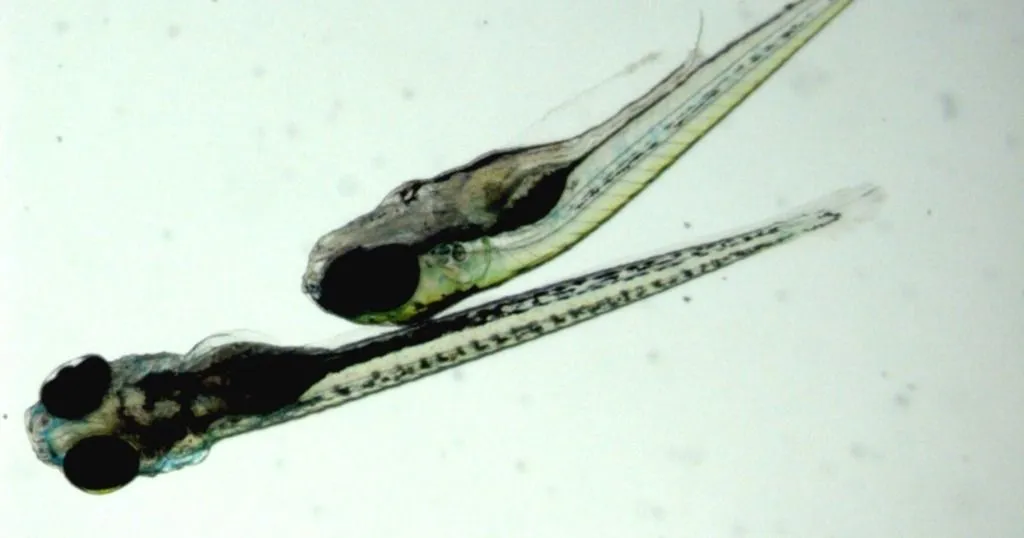Zebrafish as lab animal increasingly popular
Zebrafish is the new rat. Or mouse. More and more rodents in the lab are being replaced by these nifty little striped fish. They are easy to maintain, reproduce and develop rapidly.
Posted by
Published on
Fri 08 Jul. 2011
Topics
| Danio Rerio | EthoVision XT | Exploratory Behavior | Learning And Memory | Open Field | Psychiatric Disorders | Video Tracking | Zebrafish |

Zebrafish is the new rat. Or mouse. More and more rodents in the lab are being replaced by these nifty little striped fish. They are easy to maintain, reproduce and develop rapidly, and there is a great similarity between the human and zebrafish genome. And because they are easily genetically manipulated, many human diseases and developmental disorders can be modeled in zebrafish, such as Parkinson’s, Alzheimer’s, and cancer.
One stripe ahead; zebrafish increasingly popular as lab animal
Like rodents, zebrafish (Danio rerio) can be used in tests investigating fear, stress, and anxiety, learning and memory, and social behavior. And these behaviors can be manipulated by changing their genetics (testing different strains as models for diseases), providing stressful stimuli (tapping on the tank, visuals of predators, etc.) and adding substances (anxiolytics such as buspirone, chlordiazepoxide, and diazepam; anxiogenics; socially relevant substances as ethanol and nicotin) to the water.
Many paradigms are already validated in research
Many paradigms are already validated in research, such as the open field test, novel tank diving test, light/dark box test, 2- or 3-chambered set-ups and the T-maze. Like rodents, zebrafish show thigmotaxis in an open field set-up. Similarly, when investigating their vertical swimming behavior, zebrafish show bottom dwelling, slowly moving across the bottom only to gradually explore the upper segments of the tank after some minutes have past and habituation sets in.
In a light/dark box, uninfluenced zebrafish normally show a preference for the lighter sections (contrary to rodents), which can be explained by the fact that they are diurnal animals, having more luck on finding food in the light.
Zebrafish embryos and larvae used in (high throughput) research
Not only the adults, but also zebrafish embryos and larvae are often used in (high throughput) research. Zebrafish embryos develop externally, and because zebrafish are translucent until they get their signature stripes, organ and blood vessel development can be watched closely. Larvae absorb compounds from the surrounding water, making them easy to manipulate during each stage of their development.
The behavior of zebrafish is studied by measuring variables such as swimming speed, distances swum, time spent in the different sections of the tank or maze, time spent immobile, erratic movements, turn angle, etc. For an accurate, objective, and efficient measurement of these parameters, tracking software provides a practical tool for researchers.
Below are some examples of studies that include EthoVision XT tracking software in their research. Additionally, DanioVision is a system that includes EthoVision XT and provides a plug-and-play solution for zebrafish larvae testing.
References
- Ahmed, O.; Seguin, D.; Gerlai, R. (2011). An automated predator avoidance task in zebrafish. Behavioural Brain Research, 216, 166-171.
- Bencan, Z.; Sledge, D.; Levin, E.D. (2009). Buspirone, chlordiazepoxide and diazepam effects in zebrafish model of anxiety. Pharmacology, Biochemistry and behavior, 94, 75-80.
- Cachat, J.; Stewart, A.; Utterback, E.; Hart, P.; Gaikwad, S.; Wong, K.; Kyzar, E.; Wu, N.; Kalueff, A.V. (2011). Three-dimensional neurophenotyping of adult zebrafish behavior. PLoS ONE, 6(3), e17597.
- Champagne, D.L.; Hoefnagels, C.C.M.; de Kloet, R.E.; Richardson, M.K. (2010). Translating rodent behavioral repertoire to zebrafish (Danio rerio): Relevance for stress research. Behavioural Brain Research, 214, 332-342.
- Gerlai, R.; Fernandes, Y.; Pereira, T. (2009). Zebrafish (Danio rerio) responds to the animated image of a predator: Towards the development of an automated aversive task. Behavioural Brain Research, 201, 318-324.
- Levin, E.D. (2011). Zebrafish assessment of cognitive improvement and anxiolysis: filling the gap between in vitro and rodent models for drug development. Reviews in the Neurosciences, 22(1), 75-84.
- Levin, E.D.; Cerutti, D.T. (2009). Behavioral Neuroscience of Zebrafish. Chapter 15 from Methods of Behavior Analysis in Neuroscience, second edition. Boca Raton (FL): CRC Press.
- Willemsen, R.; van der Linde, H. (2010). Zebrafish larvae activity – A study of locomotive behavior with DanioVision. Case study provided by Noldus Information Technology.
Related Posts

What we can learn from zebrafish in a T-maze

4 Facts about zebrafish and zebrafish larvae

